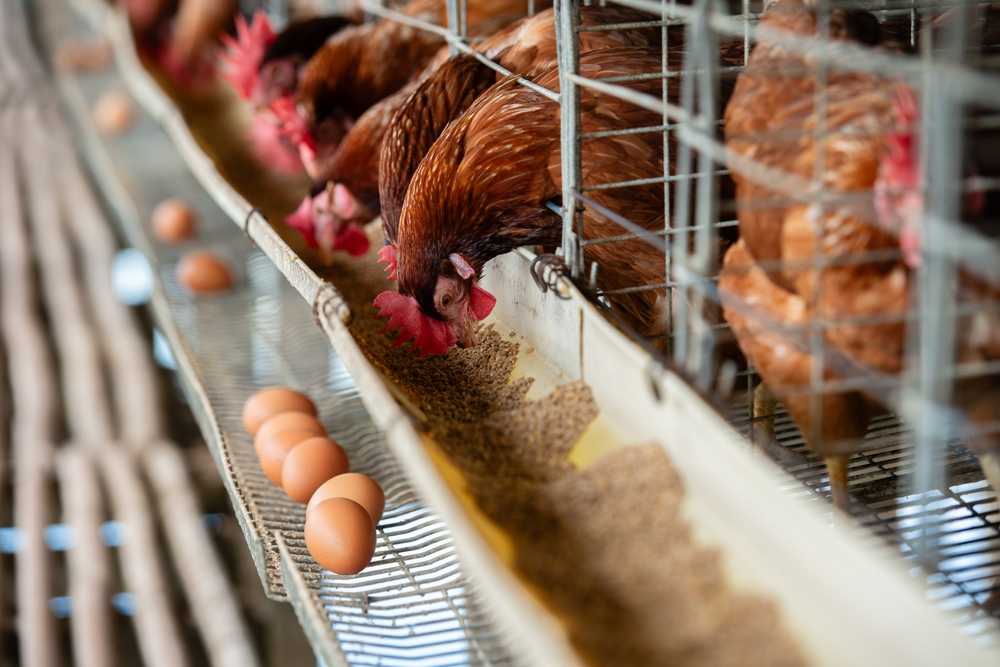The Google Home app will soon support the Nest Protect
Image: The Verge Will the last device leaving the Nest app please turn out the lights? The day finally arrived; Google has announced it’s transitioning the Nest Protect smoke and CO alarm to the Google Home app. This means you’ll be able to get alerts and notifications for your alarm directly through Google Home, as well as hush alarms, according to a blog post from Google. This means you no longer need the Nest app for any device, but you can still use it — for now, at least. The Nest Protect was the last device that could only be accessed and controlled from the Nest app, following Google’s efforts over the last couple of years to fully port its Nest cameras and other devices to the Home app. With this move, Google will finally be able to sunset the Nest app, although the company has said it will keep it in maintenance mode indefinitely. Image: Google Home Screenshots of the Nest Protect in the Google Home app showing safety checkups, the status of all your Protects, and a view of the heads-up notification page. The new function for the Nest Protect is coming to Google Home users in Public Preview on Android this week and to iOS “soon.” According to Google, it will enable the following features: Receive emergency and heads-up notifications for smoke and carbon monoxide Get critical status alerts like battery health or device issues View when alarms were last tested and run a system-wide safety checkup. Create a schedule for automatic sound check testing when you’re away from your home Modify your configuration: change system-wide and alarm-specific settings View your camera live feeds directly from the emergency alarm card E911 calling for Nest Aware subscribers - If you are a Nest Aware subscriber in the US, you can use the Google Home app to quickly contact an emergency call center close to your home, even if you’re not home. Photo by Jennifer Pattison Tuohy / The Verge The Yale Assure Lock SL with Matter is a Matter smart lock that should soon have more function in the Google Home app. Alongside the Nest updates, the Google Home app is also getting expanded support for smart locks connected via Matter, adding the ability to set passcodes, among other features. The lock updates are rolling out through the app’s “Public Preview” feature on Android, with iOS support coming in early 2025. Image: Google Home Screenshots of smart lock control in the Google Home app, including managing access and creating profiles for guests. This will allow more manufacturers’ locks to work with Google Home and bring more functions to the app, including passcode management and automatic locking. Google says that not all of the features will work with all Matter locks; it depends on the lock manufacturer. Here’s a rundown of what will be added: Passcode Management: You’ll be able to manage who has access to your home by sharing and editing passcodes with ease to household members and guests. One-tap entry: You can enable one-tap entry instead of typing in your passcode and you can lock/unlock your door remotely from the Home app with just a tap of a button. Automatic locking: Choose how long your lock should wait before automatically re-locking. Vacation Mode: This mode locks the keypad so it can’t be unlocked from the outside using the touchpad. One-touch locking: Lock the door using the touchpad or button on the lock. Push notifications for lock events
/cdn.vox-cdn.com/uploads/chorus_asset/file/13062979/nestprotect-1020-4.1419980263.jpg)

Will the last device leaving the Nest app please turn out the lights? The day finally arrived; Google has announced it’s transitioning the Nest Protect smoke and CO alarm to the Google Home app. This means you’ll be able to get alerts and notifications for your alarm directly through Google Home, as well as hush alarms, according to a blog post from Google. This means you no longer need the Nest app for any device, but you can still use it — for now, at least.
The Nest Protect was the last device that could only be accessed and controlled from the Nest app, following Google’s efforts over the last couple of years to fully port its Nest cameras and other devices to the Home app. With this move, Google will finally be able to sunset the Nest app, although the company has said it will keep it in maintenance mode indefinitely.
/cdn.vox-cdn.com/uploads/chorus_asset/file/25832543/Screenshot_2025_01_15_at_11.49.51_AM.png) Image: Google Home
Image: Google Home
The new function for the Nest Protect is coming to Google Home users in Public Preview on Android this week and to iOS “soon.” According to Google, it will enable the following features:
Receive emergency and heads-up notifications for smoke and carbon monoxide
Get critical status alerts like battery health or device issues
View when alarms were last tested and run a system-wide safety checkup.
Create a schedule for automatic sound check testing when you’re away from your home
Modify your configuration: change system-wide and alarm-specific settings
View your camera live feeds directly from the emergency alarm card
E911 calling for Nest Aware subscribers - If you are a Nest Aware subscriber in the US, you can use the Google Home app to quickly contact an emergency call center close to your home, even if you’re not home.
/cdn.vox-cdn.com/uploads/chorus_asset/file/25659026/8A0A1876.jpeg) Photo by Jennifer Pattison Tuohy / The Verge
Photo by Jennifer Pattison Tuohy / The Verge
Alongside the Nest updates, the Google Home app is also getting expanded support for smart locks connected via Matter, adding the ability to set passcodes, among other features. The lock updates are rolling out through the app’s “Public Preview” feature on Android, with iOS support coming in early 2025.
/cdn.vox-cdn.com/uploads/chorus_asset/file/25832546/Screenshot_2025_01_15_at_11.50.08_AM.png) Image: Google Home
Image: Google Home
This will allow more manufacturers’ locks to work with Google Home and bring more functions to the app, including passcode management and automatic locking. Google says that not all of the features will work with all Matter locks; it depends on the lock manufacturer. Here’s a rundown of what will be added:
Passcode Management: You’ll be able to manage who has access to your home by sharing and editing passcodes with ease to household members and guests.
One-tap entry: You can enable one-tap entry instead of typing in your passcode and you can lock/unlock your door remotely from the Home app with just a tap of a button.
Automatic locking: Choose how long your lock should wait before automatically re-locking.
Vacation Mode: This mode locks the keypad so it can’t be unlocked from the outside using the touchpad.
One-touch locking: Lock the door using the touchpad or button on the lock.
Push notifications for lock events
What's Your Reaction?








































